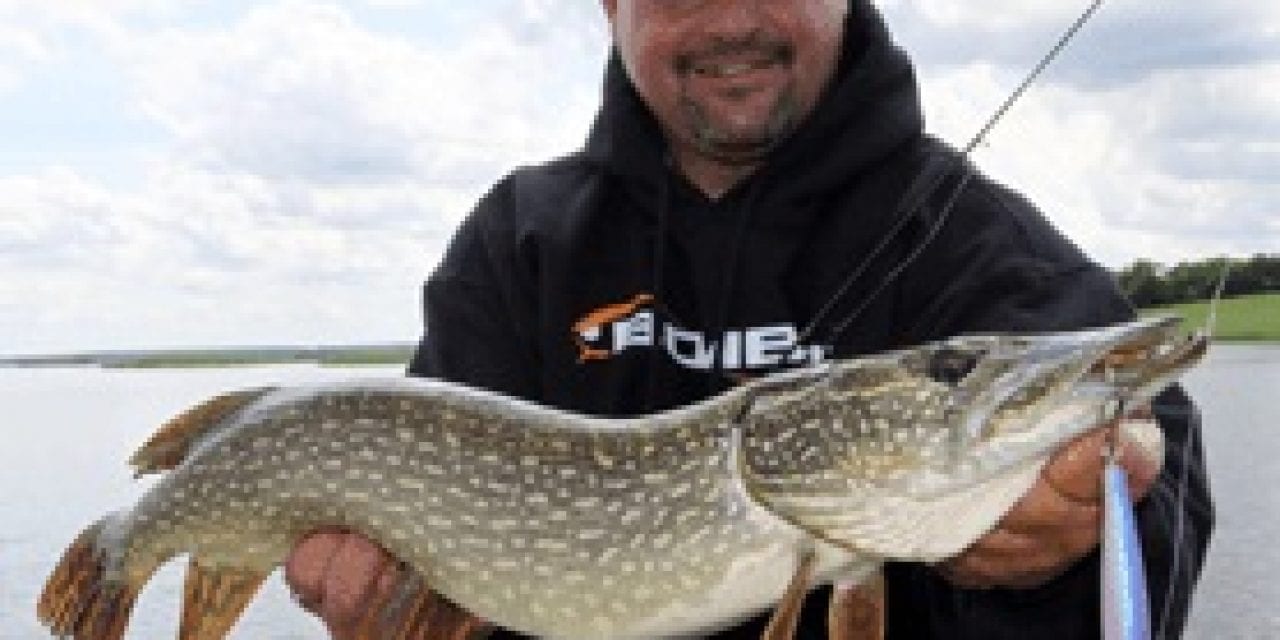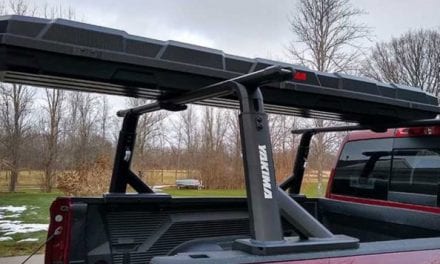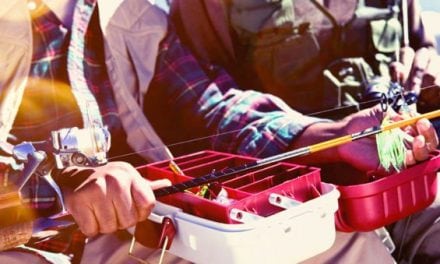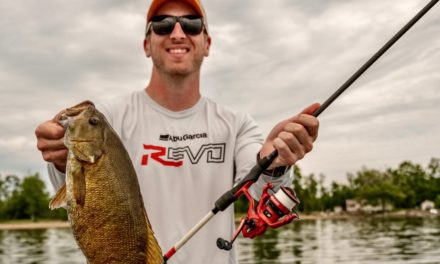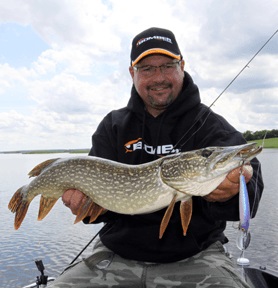
The best fishing for northern pike is going on right now. For quantity and quality, there is no better time than spring for catching these toothy trophies.
From the early days of the post-spawn period until pike disperse to their summer haunts, hungry pike are predictable. Best of all, since the fish are often concentrated in shallow water sweet spots, the action can be as good as it gets for these belligerent green-and-white rockets.
Your first step toward enjoying epic catches is getting there. Perennial pike hotspots include Minnesota’s Upper Red Lake, Montana’s Fort Peck, Lake Michigan’s Big and Little Bays de Noc, Green and Sturgeon Bay, and North Dakota’s incredible Devils Lake. Massive border waters including Lake of the Woods and Rainy Lake are also top destinations.
“Lake of the Woods is probably one of the best in the U.S. for numbers of fish over 40 inches, plus plenty of eaters,” says veteran guide Jon Thelen, who crisscrosses the Midwest while filming Lindy Fishing Tackle’s popular “Fish Ed TV” and online programming.
Thelen also notes that scores of worthy pike waters exist in virtually all corners of the malevolent predator’s range, and notes that he’s found absolute pike gold mins within the Twin Cities metro area. Factors such as light fishing pressure, harvest regulations protecting fish from 26 to 40 inches, spearing bans, and a healthy forage base portend pike paradise.
April, May and even early June—depending on your latitude—provide excellent chances for shallow water action. The show starts even before the ice is completely off the lakes and continues until warming water temperatures force pike out to deep weedlines, offshore structure and into the heart of the abyss.
Where open season allows, the early bite typically begins when postspawn pike begin migrating out of tributaries.
“These are fish that moved into creeks and other inflows from the main lake, surged way back into marshes and drainage ditches to spawn, and are now working their way out toward the main lake,” explains Thelen. “Slight depressions within funnel areas are golden. It doesn’t have to be much — just a 5-foot hole surrounded by 3 to 4 feet of water is all it takes to offer a bunch of pike a place to rest and feed.”
Thelen’s presentation of choice is fishing deadbait beneath a large slip float. The fish aren’t aggressively feeding.”
Time-tested deadbaits include oily baitfish such as whitefish, smelt and shad. Riggings consist of 17- to 20-lb mainline with a bobber stop, bead and Thill Big Fish Slider riding above a barrel swivel. On the other end of the swivel is a 12- to 18-inch leader and treble hooks in the size 2 to 4 range. Thelen likes stout fluorocarbon leaders in the clear water common in early spring, though wire is an option as well. Where regulations dictate, adding a small Lindy spinner blade above the top treble keeps the rig legal.
“You have two options,” Thelen notes. “Set the float to suspend within a foot – or directly on – the bottom. Fishing off bottom can be more effective early in the day, but it pays to experiment.”
On some systems, pike also spawn around main-lake shorelines.
“On Devils Lake, a lot of spawning occurs along rocks and bridges,” says longtime guide Jason Feldner of Perch-Eyes Guide Service. “Immediately after they spawn, pike head for black-bottom areas on the main lake or in bays.”
Feldner’s early go-to tactics include fishing dead herring or smelt beneath a Big Fish Slider. He favors 20-lb superbraid mainline with a 12- to 14-inch, 30-lb steel leader. Once the water temperature rises into the 50s, pike begin to chase artificial lures with more enthusiasm.
“Swimming a 3/8-ounce Lindy Jig tipped with a 3½- to 5-inch paddle-tailed plastic like a YUM Money Minnow is deadly,” he says.
Small spoons and spinnerbaits also merit experimentation, as do crankbaits. Thelen adds that while filming a “Fish Ed” segment on backwater pike on Devils Lake, he and Feldner enjoyed a banner day casting size 5 Lindy River Rockers in old cattail sloughs where new vegetation was just starting to sprout. 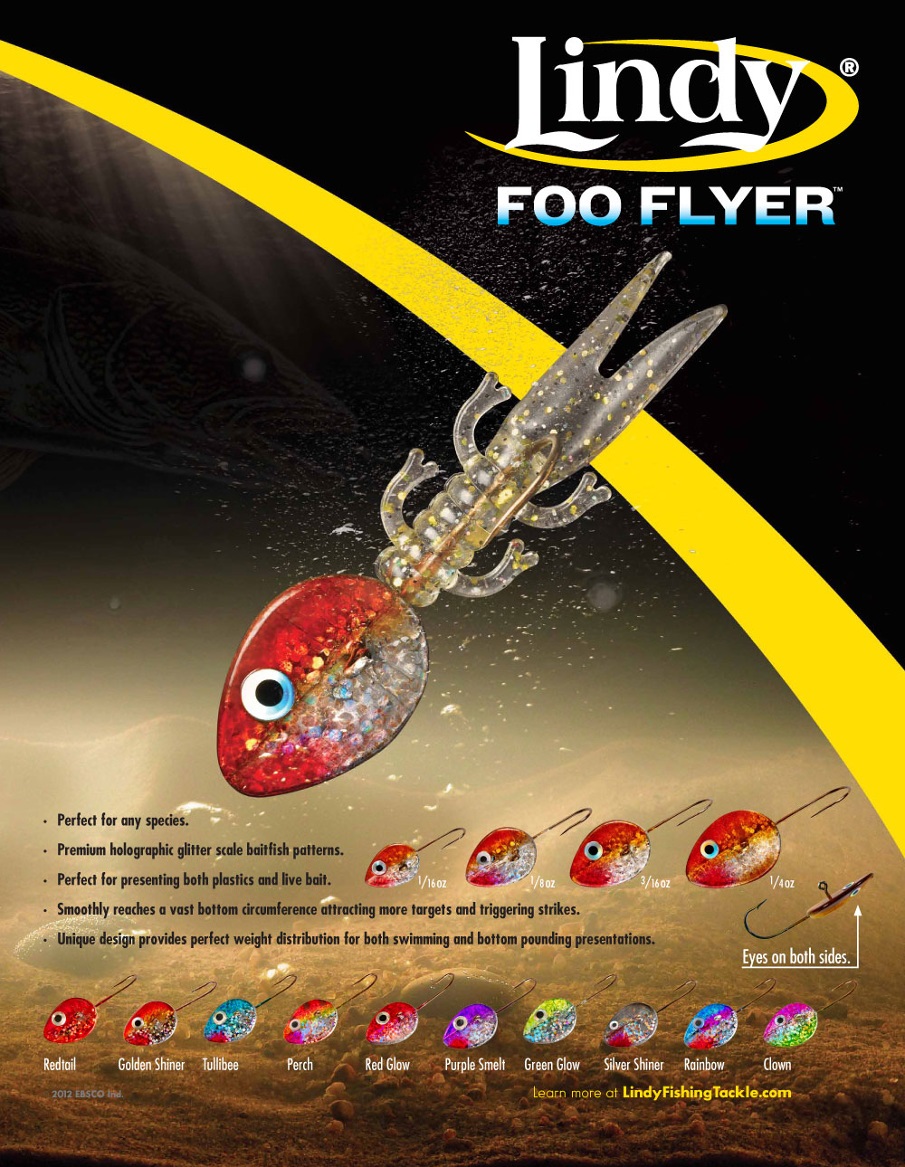
“When the fish are ready to eat, a wide-wobbling bait like this can be phenomenal,” he said.
The River Rocker’s charm is not lost on Jonny Petrowske, an avowed pike hunter who guides on Upper Red Lake. He trolls size 3 and 5 versions of the banana-shaped bait along shorelines where postspawn pike linger to feed.
“Shiner minnows school in 3 to 6 feet at water temperatures from 52 all the way to 65 degrees,” he says. “Pike to 40 inches and longer cruise the shallows chasing them, and trolling is a top way to take them.”
Petrowske’s program includes sturdy yet flexible casting combos spooled with 20-lb monofilament mainline, capped with a 40-lb fluorocarbon leader and small snap, to which he attaches the lure.
With a boatload of clients, he deploys a veritable phalanx of lines, spread by trolling boards, and buzzes the shallows at speeds from 3 to 5 mph. It’s just another creative yet deadly means of enjoying some of the year’s finest pike fishing before eaters and gators alike shift to deeper haunts for the summer.
Related Articles:
- She got a record northern pike in Mille Lacs Lake
- Spinners and Spinnerbaits for Muskies, Northern Pike from Northland Tackle
- Three IGFA Hot Catches – April 2016 Mako Shark, Northern Pike and a Shortbill Spearfish
The post Lindy: Top Spring Pike Tactics appeared first on OutDoors Unlimited Media and Magazine.

